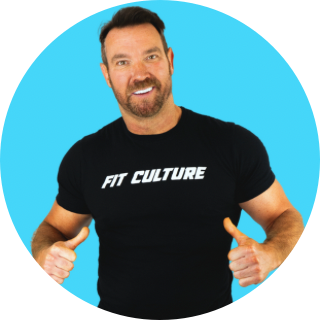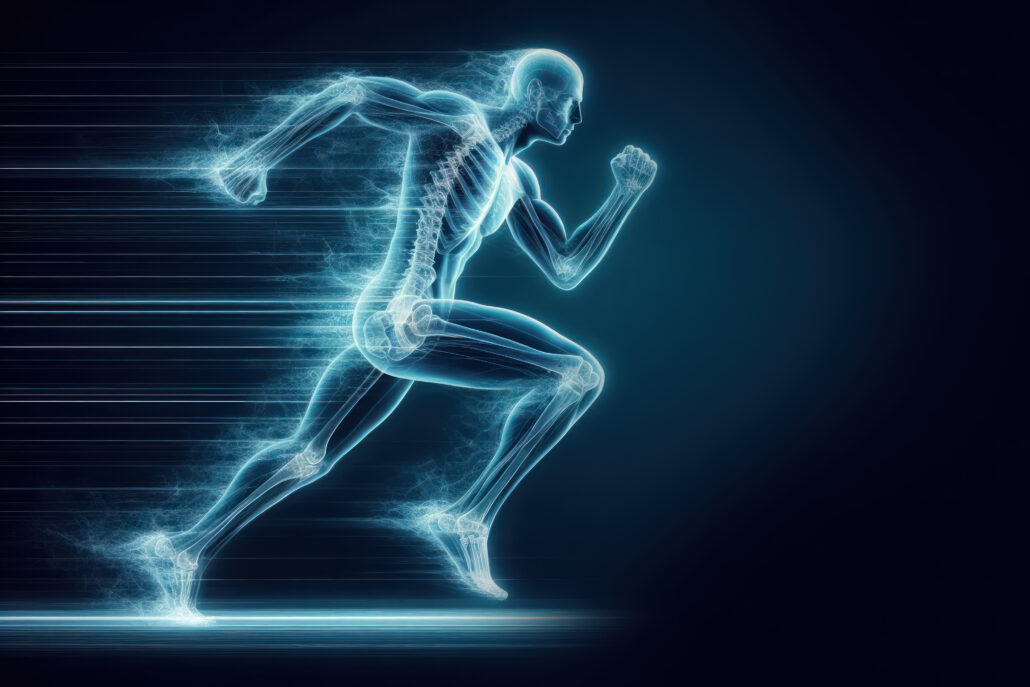Basic Biomechanics: The First Step to Injury Prevention
As you know, the path to weight loss is rife with many stumbling blocks. Life stresses, boredom, lack of motivation, lack of time, and incorrect information—any of these things can derail progress. For the most part, these are preventable.
However, one hurdle that many people view as not preventable is injuries. We tend to assume that getting injured is just one of those things that “happens,” and is sort of inevitable. Often, when it does happen, we feel helpless. This is frequently the point where most of us will give up.
Although we may ask ourselves what went wrong, we’re often at a loss for answers. Maybe we didn’t stretch enough, warm up properly, or maybe it was just an accident. But one of the most overlooked causes is biomechanics.
What Is Biomechanics?
Biomechanics basically means the mechanics of how we move. Think of the body as a machine. Biomechanics evaluates whether all of its parts are functioning as they should. In other words, do your muscles and joints work the way they’re supposed to?
This question introduces a framework for understanding how the body moves most efficiently. And when that efficiency is lost, injury risk increases.
The better our biomechanics, the less likely we are to get injured. And the more we deviate from ideal form and alignment, the more likely injuries become. So let’s look at two key biomechanical concepts that form the foundation of injury prevention in fitness and weight loss:
Medial to Lateral Balance (Side-to-Side Alignment)
This refers to side-to-side body balance. Imagine a line drawn from the top of your head down your spine, through the center of your hips, and ending between your feet. Viewed from behind, your body should appear symmetrical—balanced equally on both sides of this line.
However, this rarely happens. Most people unconsciously favor one side. You may notice this if:
- The tread on one shoe wears down faster
- You bump into one side of the treadmill more often
- You feel more stable on one leg than the other
When the body leans to one side, that side bears more weight, increasing the load on the foot, knee, and hip, which predisposes you to injuries like:
- Sciatica
- Iliotibial (IT) band syndrome
- Lower back strain
👉 How to assess it:
Record yourself walking or running from behind, or work with a professional trainer or therapist. The necessary adjustments are often minor and highly fixable once identified.
Anterior to Posterior Balance (Front-to-Back Alignment)
This refers to front-to-back body balance. Imagine a line from the top of your head through your shoulder, hip, and heel. Viewed from the side, your posture should form a straight vertical line—standing at a perfect 90-degree angle without leaning.
As you walk or run, the point where your foot first contacts the ground should fall along this same line—directly beneath your head.
But if you’re leaning:
- Forward: Your foot hits too far ahead, putting excess pressure on your knees, shins, and back
- Backward: Your foot lands behind your head, overloading the heels, hips, and spine
Common injuries from anterior-posterior imbalance include:
- Patellar compression syndrome
- Shin splints
- Erector spinae strains
- Stress fractures
- Hip and ankle arthritis
👉 How to assess it:
Use video analysis or consult a professional. Like medial-lateral imbalance, these posture issues can be corrected with targeted movement cues and strengthening.
Injury Prevention Starts with Awareness
The next time you head out for a walk, jog, or workout, don’t let biomechanics be an afterthought. You may be trying to “clear your head,” but don’t forget about your body alignment.
Ask yourself:
- Am I leaning to one side?
- Is my head in front of or behind my feet?
- Are my shoes wearing down evenly?
What begins as a small imbalance can snowball into major injury and training setbacks. But the good news is: small biomechanical adjustments can have dramatic results in terms of pain reduction, longevity, and performance.






